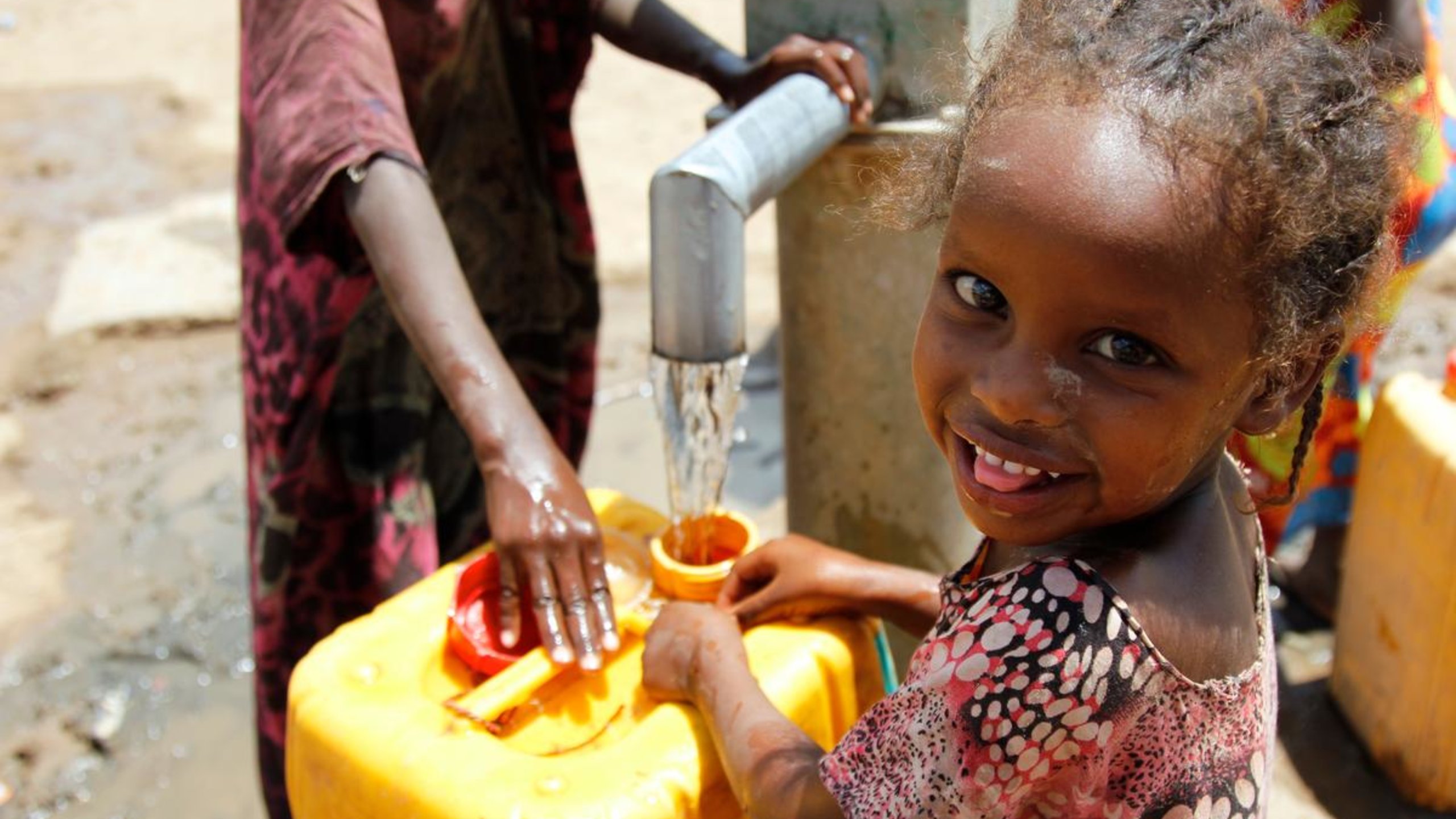Building Resilience of the Urban Poor (BRUP) Project
Strengthening Communities
14 August 2019 C&A Foundation

BRUP aimed to support communities affected by disasters in C&A's sourcing areas in Bangladesh. It was an integrated initiative that built the resilience of targeted communities to effectively cope with seasonal and unanticipated disasters and mitigate the impact of manmade and natural disasters on poor and vulnerable households.
Objectives:
The aim was to enhance the resilience of six targeted urban communities in three townships in Bangladesh and strengthen the capacity of targeted local institutions to plan for and provide services that mitigate the impact of manmade and natural disasters on poor and extremely poor households. The strategic sub-objectives were:
-
Enhanced resilience strategies for targeted urban individuals and communities to prepare for, mitigate, respond to and recover from shocks and stresses
-
Poor and extremely poor women in the six targeted communities are empowered to become better risk managers at the household and community levels, influencing decision-making related to Disaster Risk Reduction (DRR)
- Three targeted local institutions have enhanced capacity and responsiveness to provide services to targeted communities to prepare for, mitigate, respond to, and recover from shocks and stresses
Facts:
Partner: CARE Bangladesh
Investment: EUR 1.4 million (C&A Foundation)
Duration: 2014-2018
Geographic region: Bangladesh
Results
The initiative met its targets and was reported as positive for communities and individuals both for building response capacities and for risk awareness
- Household capacities for risk awareness and preparedness had increased with clear evidence of behaviour change. Beneficiary coverage was reported to be larger than expected. Additionally, women’s empowerment in decision making and participation in community activities was reported to be a significant outcome. However, resilient livelihood opportunities for most vulnerable women was not sufficiently addressed by the initiative
- The capacity of communities to cope and respond to disaster has increased. The critical enablers have been community driven initiatives (community volunteers, water collectives and garbage management systems) and community organisations such as safe places in-community for group meetings. However, there was no community financial contribution plan to sustain these safe spaces
Enhanced institutional capacity to provide resilience building services was reported to be successful despite challenges in engaging with local city level governance
- Targeted institutions were engaged with from the commencement of the initiative and strong linkages were built between communities and local ward authorities. Strategic relationships and capacity building were focused on government representatives less exposed to staff turnover and political reshuffling
- Examples of good practices produced by the community and wards were leveraged. Ward Disaster Management Committees (WDMCs) formed in two wards were replicated by the City Corporation in all 57 wards with CARE providing technical support
- Engaging elected representatives at the ward level was challenging. There were several political issues and lack of coordination at the local city governance level that hampered initiative activities
Besides advocacy successes of the initiative, impact of resilience building and DRR initiatives takes time to manifest
- Positive results on risk awareness and resilience building in communities have been complemented by DRR strategy integration into the City Corporation Disaster Management Committee (CCDMC) and WDMCs that have been approved as part of the national Standing Order on Disasters (SODs) in Bangladesh
- Other foundational and structural factors of vulnerability such as poverty driven risky behaviours or the lack of tenure security impeding any investments and future prospects remain unaddressed. Resilience building is complex and therefore, the evaluation was unable to report on impact of a relatively short-term initiative
- Unintended outcomes were reported to be two-fold - fostering of social coherence and a ‘sense of community’ amongst residents
- The initiative played a catalytic role in the creation of awareness with significant potential for contribution to future programming in urban resilience issues in Bangladesh
What did we learn?
C&A Foundation
-
An integrated approach of building individual, community and local governance response capacities provides better quality results as work at the institutional level is framed to support, accompany and sustain the impact achieved at community level
- A longer term approach and programming aiming at building resilience in urban settings (on a 5-year cycle) is important to get the buy-in and engagement of the local and booming private sector, where it exists
For Partners & Others
- Initiatives with appropriate approaches on community driven DRR are efficient in urban fragmented contexts bringing social cohesion benefits to communities by increasing engagement of residents in several activities. However, in urban areas, the political situation highly influences the feasibility and sustainability of the project
- Substantial community financial contribution, as well as a community-driven financial plan form the foundation of sustaining and managing infrastructure related activities and resilience/DRR investments in-community
- In urban areas, the political situation highly influences the feasibility and sustainability of initiatives engaging with local governance bodies. Formalised partnerships with local institutions are vital for the ownership and involvement of institutional stakeholders
- Involving women as a strategic pillar is highly relevant as they took on roles as key leaders in managing community groups and driving DRR activities in communities
